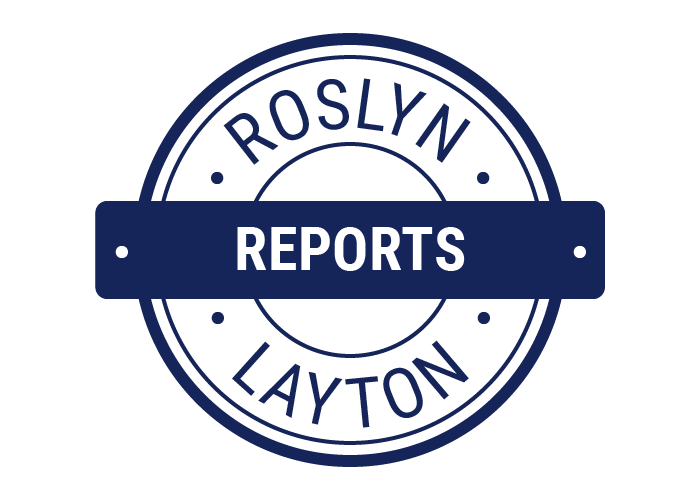The 10 Myths and Realities of Broadband Internet in the USA

Strand Consult’s report the “10 Myths and Realities of Broadband Internet in the USA” investigates the debate about broadband.
Recently there have been a series of books and media telling a negative story about broadband in America. We have read these books and articles and have reviewed the relevant data. We see these materials as part of a the larger ”America is falling behind” literary tradition, the kinds of books and magazines that are sold in airports warning of the next crisis, how America is slipping, and how the author’s recommendations will help the country achieve its former glory. We are reminded of Hans Christian Andersen’s tale “The Emperor’s New Clothes” in which persons of high station abuse their credibility to mislead the people.
In any case, the story that that America is falling behind in broadband is not true.
We have reviewed the various books and articles claiming that America is falling behind in broadband and distilled their messages into 10 myths. For each myth, we provide the relevant data as well as an explanation as to why the myth persists, and a conclusion about the reality in spite of the myth.
We also provide an international angle. Many of the critics say that broadband is better in other countries, so we have investigated some of these countries and provide studies where we test the assertion that America is falling behind. See the attached document for the information.
Here is a summary of the 10 Myths and Realities of Broadband Internet in the USA.
Myth# 1: America is falling behind in broadband.
Reality: The data shows that America is picking up in broadband. Plus America is leading in the world in LTE, the high speed mobile standard.
Myth#2: Operators are gouging consumers and enriching themselves with the profits.
Reality: Consumers can get broadband internet packages at all budget levels. Financial returns of American operators are in line with the rest of the world. Globally the telecom industry faces declining profitability, return on capital, and annual revenue per user (ARPU).
Myth #3: There is no competition for broadband internet.
Reality: Americans enjoy robust competition between different types of network providers. Technology development creates an arms race between them.
Myth #4: Operators are holding back the future.
Reality: Operators are racing for the future by upgrading their networks and incentivizing customers.
Myth #5: Faster broadband speeds are inherently better.
Reality: It’s not the speed that matters; it’s in the way that you use it.
Myth #6: Americans want broadband internet, but can’t get it.
Reality: Almost every American who wants broadband can get it. The barriers of price and usability are falling all the time.
Myth #7: Americans are missing out on applications because high speeds are not available.
Reality: The speeds and capacity of broadband are adequate for the applications available. The bandwidth being offered is growing faster than the demand for it. In practice it is often difficult for operators to sell the highest speeds to their customers. Application and service providers develop their solutions to be consumed at the prevailing speeds most customers have, not the ones they can get.
Myth #8: People in rural areas should pay the same for broadband as people in cities.
Reality The price of broadband varies with the economics of deployment. Plus high speed satellite broadband of is available to nearly all Americans at the same price.
Myth #9: The government should invest in internet infrastructure.
Reality: The government should invest in digital literacy.
Myth #10: Broadband itself is the key to economic growth.
Reality: Broadband is one of many factors important for economic growth.
In short the USA is not falling behind in broadband. The USA is leading the world in deployment and adoption of LTE, the new global standard for mobile. It is home to 15 of the the world’s leading internet companies and is the hotbed of broadband enabled innovation. The data shows that Americans enjoy one of the highest rates of competition between different network types and that the entry level price for broadband is one of the lowest in the world. Perhaps most important is that broadband networks are largely privately-funded, leaving scarce public revenue available for other activities.
In order to have a serious debate about the important topic of broadband, it is necessary to get the same data on the table and then to ask the critical questions. The purpose of this report is to help educate readers on the data and its interpretations so that readers can make their own opinions.
You can read more about the ”10 Myths and Realities of Broadband Internet in the USA” by requesting a copy of the report.